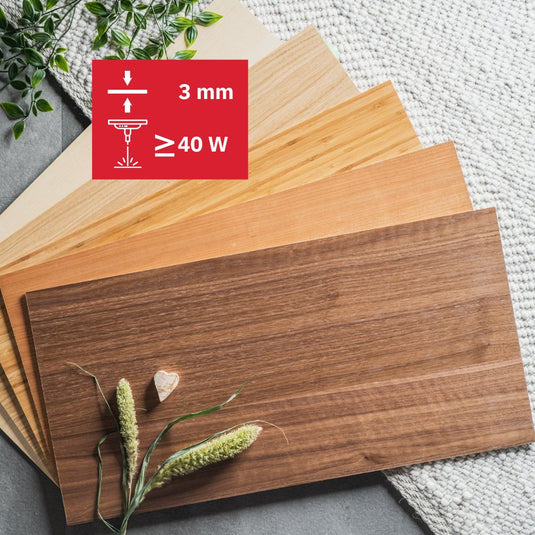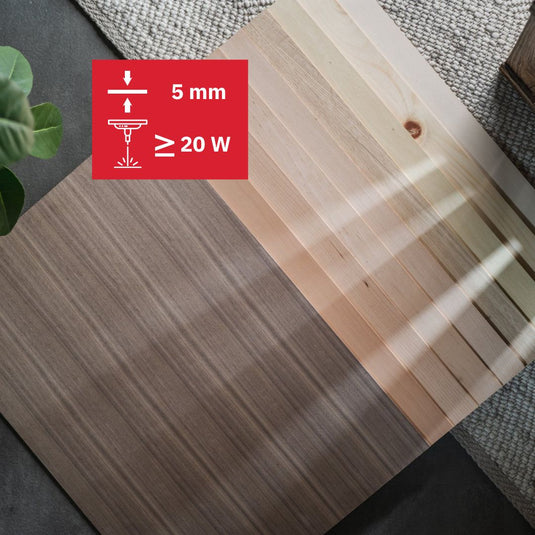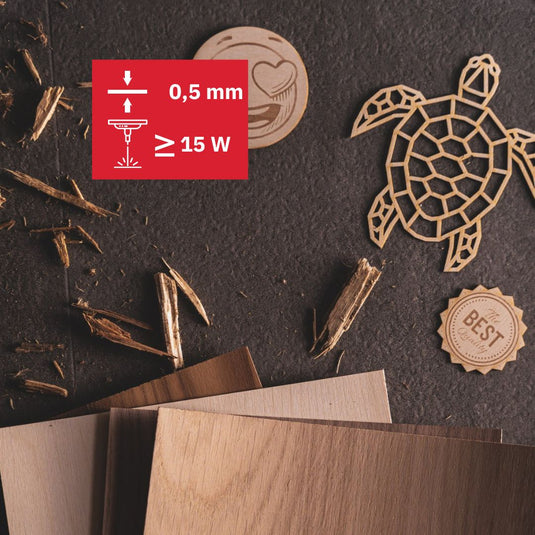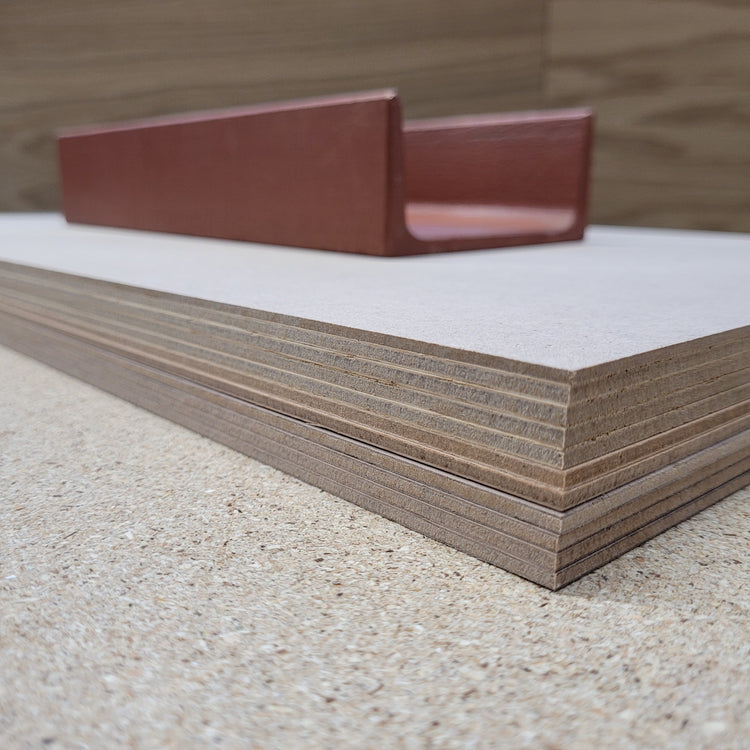
Tips for the proper storage of Plywood and wood-based panels
Optimal storage of Plywood and wood-based panels: A comprehensive guide
Proper storage of Plywood and wood-based panels immediately after delivery is a critical step to ensure their quality and functionality in the long term and to guarantee an ideal result later. It is crucial that these materials are stored correctly immediately after arrival and that these conditions are maintained for at least 48 hours to give the materials the opportunity to adapt to the new environmental conditions. This acclimatization phase is essential to avoid later deformations and other impairments. Plywood and wood-based panels are in demand due to their versatility in various projects – from laser work to engraving to furniture and interior design. However, without adhering to proper storage conditions, these valuable resources can quickly lose value. In this article, we provide you with practical advice to help protect your wood materials in the best possible way.
1. Dryness and temperature as a priority
Moisture is the greatest enemy of wood-based materials. To avoid mold growth and deformation, it is essential that Plywood and wood-based panels are stored in a dry and cool place. An ideal storage location is indoors and protects the materials from direct sunlight, while good temperature control protects the wood from drying out and warping too quickly or supports the acclimatization process. In general, wood panel materials should be protected from strong temperature and humidity fluctuations.
2. Flat storage as a basic rule
It is of great importance to store the panels flat to prevent warping and distortion. The materials should rest on a stable and even surface that supports the entire underside. Storage directly on the floor should be avoided, as this promotes moisture absorption. Instead, the use of wooden slats or pallets is recommended to ensure a gap from the floor.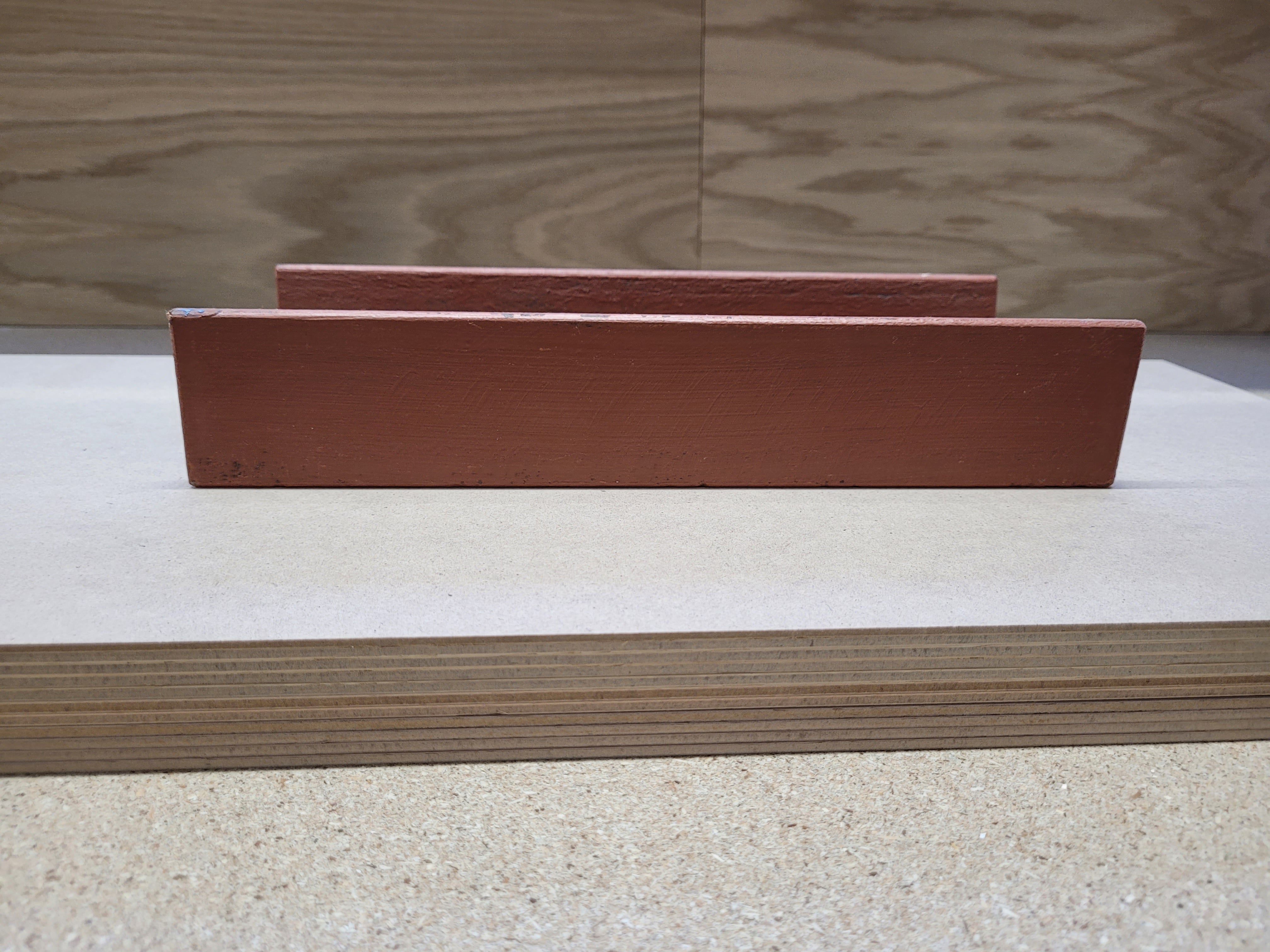
3. Thoughtful stacking
If you are forced to store multiple panels due to limited space, caution is required when stacking. Each panel should be evenly supported by the one below to avoid pressure marks and deformations. Interlayers made of wooden strips or foam provide additional protection for the surfaces. It is important that the panels are stacked exactly on top of each other.
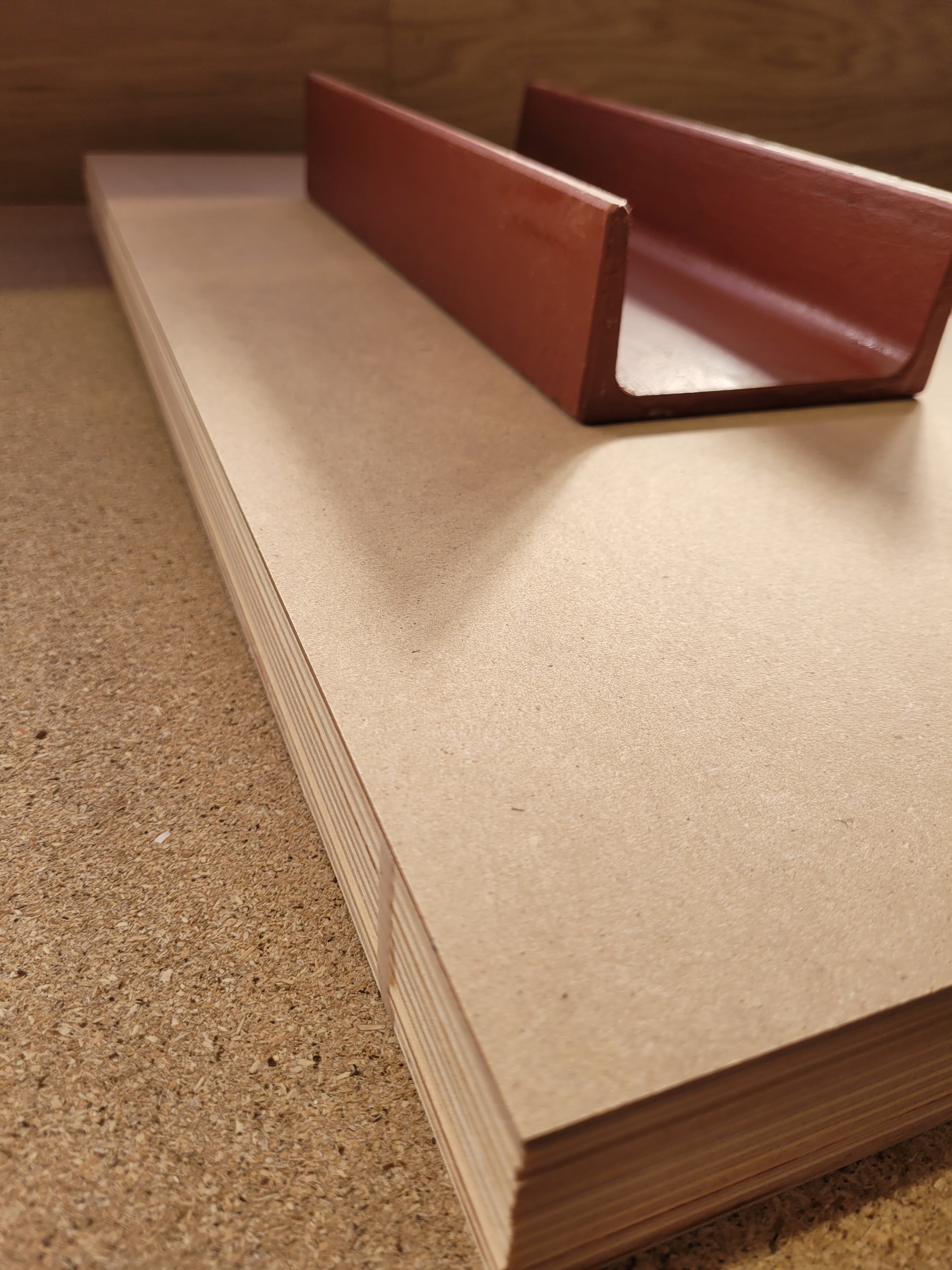
4. Protection from sunlight
Prolonged exposure to direct sunlight can cause discoloration and warping of the wood. Therefore, it is important to store the panels in a place protected from strong sunlight. Storage outdoors is strongly discouraged.
5. Vigilance against pests
Wood can attract certain pests such as wood beetles and woodworms. Regular inspection of the storage area and the wood materials themselves for signs of infestation is important. If necessary, preventive treatments or the use of protective agents are required to repel pests.
6. Careful handling
Moving or transporting the panels should be done with the utmost care to avoid damage. Wearing gloves is advisable to prevent splinters. When lifting the panels, care should be taken to lift them gently and not to drag or push. Heavy panels should ideally be carried by two people.
7. Weighting down the stacks of panels
An important, often neglected aspect of storage is weighting down the stacks of panels. Placing weights on the top panels of a stack helps keep the panels flat and straight and assists in correcting any existing warping during the acclimatization phase. This method is especially important when the panels are stored for extended periods, as it counteracts the natural distortion of the material. Suitable weights should be evenly distributed over the surface of the top panel to ensure uniform pressure distribution and avoid damage to the material. At WOOD4PROS.COM, we use heavy iron profiles here and always have a protective plate between the weight and the wood panels.
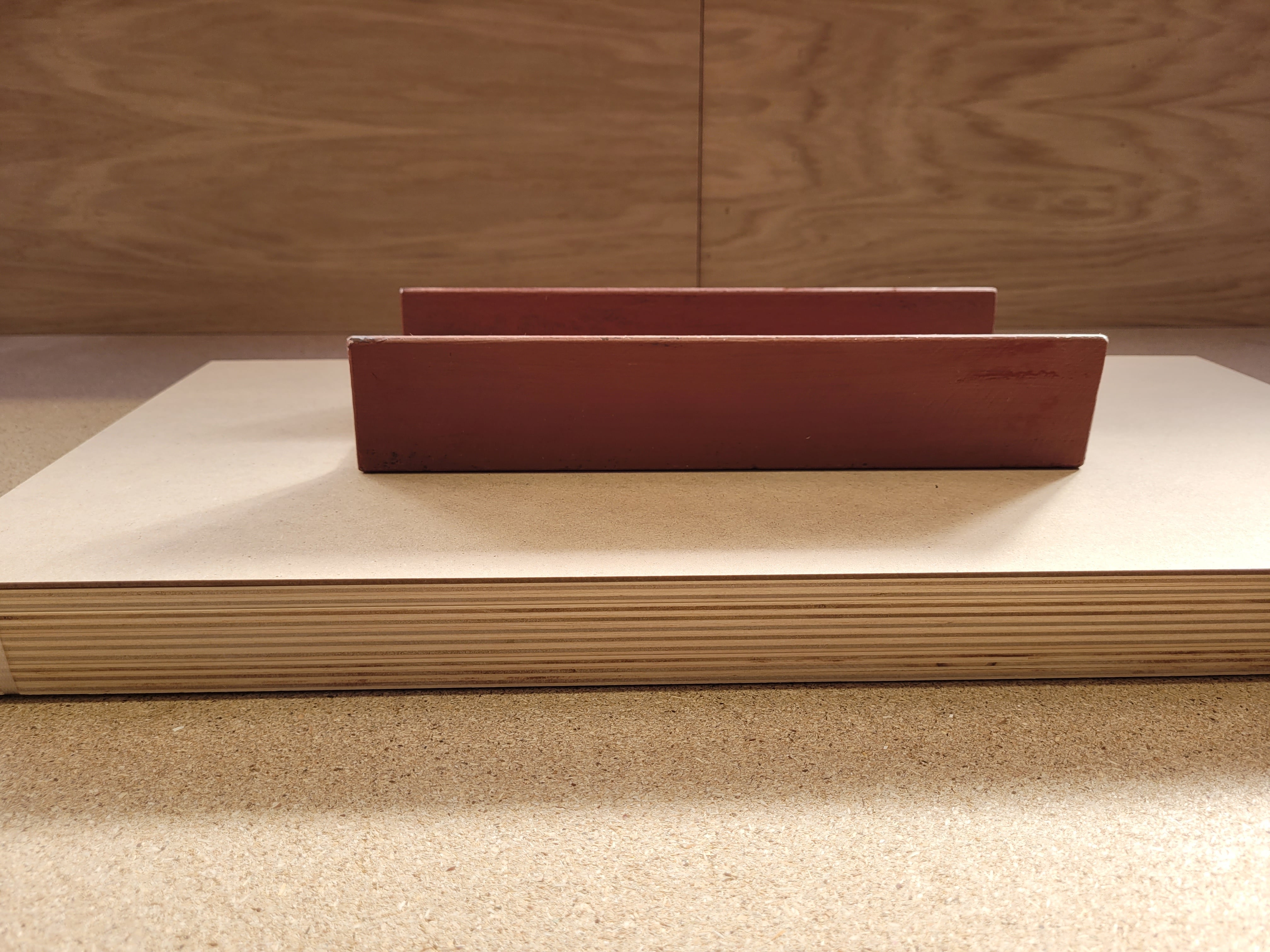
Summarized for you
The proper storage of Plywood and wood-based panels immediately after delivery and during the critical first 48 hours of acclimatization is crucial for preserving their quality and structure. By following the guidelines presented here, you can ensure that your materials are protected from the most common sources of damage such as moisture, warping, and pests. Investing in thoughtful storage pays off by maintaining the durability and aesthetics of your wood materials for future projects.
Be the first to hear about news!
Promotions, new products and special offers. Directly in your inbox.

